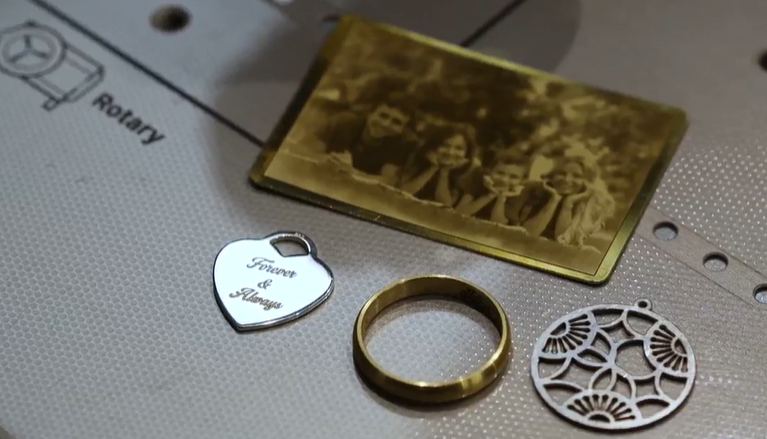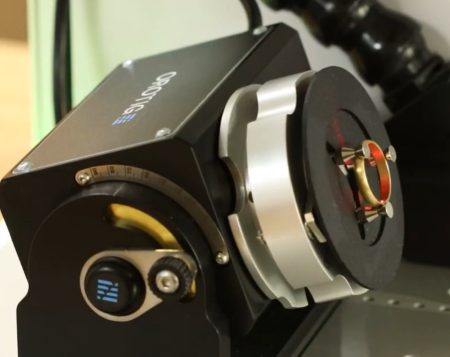How to Engrave Images with the Orotig Canova Laser Engraving Machine
If you’re looking to add intricate, professional-quality imagery to your jewellery, the Orotig Canova Laser Engraving Machine makes it effortless. This laser engraver is built for jewellers who value speed, precision and flexibility, whether you’re marking rings, personalising pendants, adding logos or even engraving full images onto metal. In this guide, we’ll walk you through […]
Read Post



